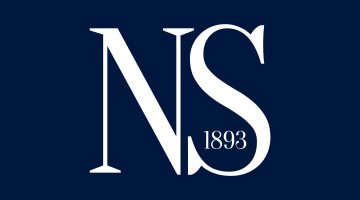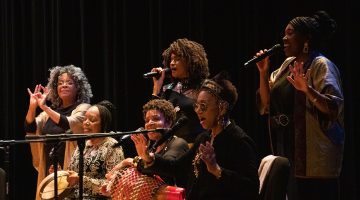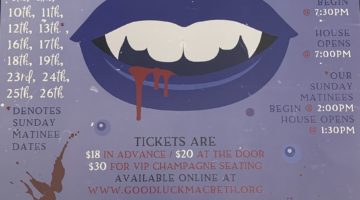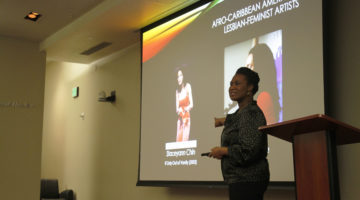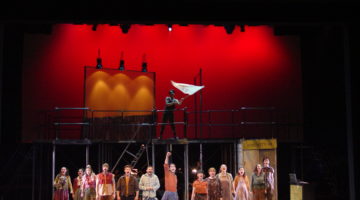
Photo Courtesy of BodyVox
Performers with the BodyVox dance company interact with a cellist of the Amphion String Quartet. BodyVox and Amphion collaborated to create “Cosmosis.”
By Stephanie Rosauri
This past Thursday night, Nov. 3, BodyVox and Amphion String Quartet presented “Cosmosis” at the University of Nevada, Reno, in the Nightingale Concert Hall.
BodyVox is a dance company based in Portland, Oregon. It is are known for its use of mixed media and athleticism in its dances.
BodyVox is led by husband and wife choreographers Jamey Hampton and Ashley Roland who both started BodyVox after they joined MOMIX and cofounded ISO Dance. Roland studied at the Alvin Ailey American Dance Theater. They are critically acclaimed Emmy Award-winners who dazzle audiences around the world with their choreography.
Amphion String Quartet has performed worldwide to audiences who appreciate and adore the group’s intense energy. The quartet consists of three violinists and a cellist who expertly produce sounds that stimulate audiences.
In “Cosmosis” the quartet performed onstage with the dancers. During the performance, they would move their seats to different parts of the stage, sometimes interacting with the dancers.
The program started with the piece “Incoming.” Music was performed by John Adams and Travelers and danced by Alicia Cutaia, Daniel Kirk, Brent Luebbert, Anna Marra, Emily Shultz and Scott Stampone.
The quartet was sitting onstage, spread out across the stage in a half-circle so that the dancers could dance between them. The dancers were costumed in workout gear, the female dancers in bright yellow sports bras and black pants and the male dancers in bright yellow shirts and black pants. The workout costuming helped to further iterate how athletic the dance was. The piece really showcased how much the dancers could accomplish with their bodies.
They did not stop moving the entire piece; in many instances they would run around the stage weaving in and around the quartet while they were playing. The dancers mostly danced in unison, performing a myriad of leaps, spins and flips. This athleticism continued throughout the entire program.
Throughout the entire program, there was a hand-gestural motif. The dancers would showcase their hands to express meaning to the audience. Hands played the biggest part in the piece “Garden of Synaesthesia.” The music was Maurice Ravel’s “String Quartet in F Major III” and “Tres Lent.”
The instrumentalists were sitting upstage right and a camera facing the audience was placed upstage left. The camera captured the dancers and projected the image onto the back wall of the stage; however, the projection was distorted. There was a filter on the projection that flipped the image onto itself.
Since the dancers were costumed in multi-colored neon leotards and socks, it created a unique image on the screen. Depending on where they placed their bodies, the projection had different shapes. Sometimes they would put their arms in certain places that made the projection look like they were floating. The shapes that were projected did not seem human for the most part. In many sections, the dancers would move their hands up and down slowly like a swimming fish.
This camera filter also allowed them to dance with themselves. The dancers lined up parallel to the camera that projected their image and also flipped it so that it looked like the dancers had made a soul train with themselves. The piece demonstrated how skillfully BodyVox can use different forms of media to create and amuse audiences. Throughout the entire show, the audience was very responsive and fully engaged in the show.
Stephanie Rosauri can be reached at bnelson@sagebrush.unr.edu or on Twitter @b_e_nelson.



